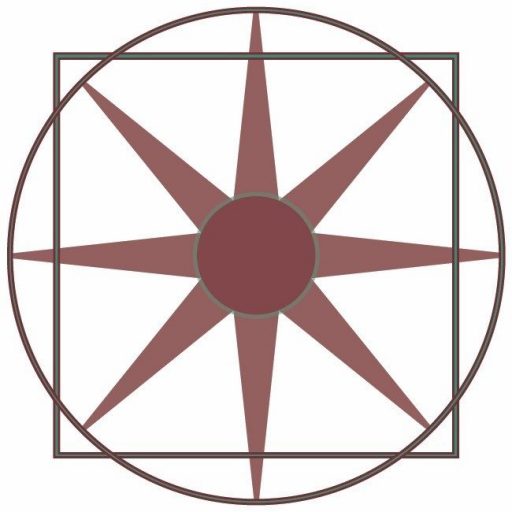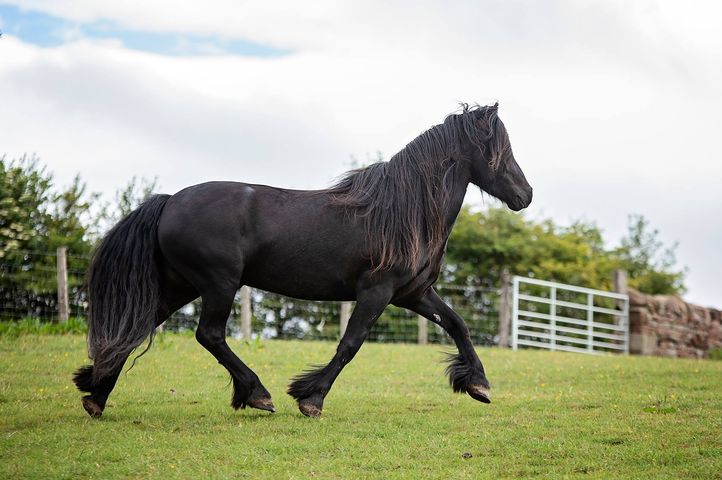The Equestrian Osteopath
Equine Osteopathy is the adaptation of the Human Osteopathic techniques to treat Horses
Osteopathy specializes in restoring the structural alignment of postural changes. These can be caused by or maintained by injury. Postural changes, however small, can often be a contributing factor in intermittent lameness or reduced performance.
Osteopathy combines the in-depth knowledge of anatomy, neurology and physiology with proven techniques to restore function posture. Getting the best from your horse by relieving pain, preventing injury, maximising movement, performance and health.

Equine back problems have been poorly understood for many years
A thorough knowledge of the functional anatomy of the spine is vital. It is important to remember that the horse keeps its back almost rigid, acting as a bridge between the fore and hind quarters. It then transmits power or impulsion from the hind quarters to increase stride length and performance. The equine spine can be likened to a “string and bow” arrangement, where the “bow” is the rigid vertebral column and the “string” incorporates the muscles and ligaments supporting the spine.
Back pain can often be vague and sometimes displayed as behavioural problems. Quantifying the degree and site of pain in horses has always been difficult. Often the major clinical signs in many horses with a back problem, is impaired performance rather than pain.
Signs at exercise could include hind limb lameness, a loss of enthusiasm for work, an inability to stride out at fast paces, some stiffness in hindlimb action and a loss of suppleness of the back when ridden. There might be a disinclination to jump or the horse might lose fluidity and timing during jumping and become tense, tending to rush over fences. Head-shaking and an increased tendency to tail swishing are other occasional signs of back problems.
Osteopathy is all about anatomy, and I believe the better understanding the owner, rider, trainer, has about the way these incredible animals work, can only benefit both parties
All horses will have conformation issues but enabling them to work within the realms of their natural biomechanics will help to produce good posture. Recognising the changes that can be made to posture and the support of conformation is imperative to improve well being and help prevent injury.
I have now been in Osteopathic practice for over 16 years, working closely with horse and rider combinations, including treatment for both, posture lessons and advise with schooling for improving biomechanics. I enjoy a sound relationship with local vets, farriers and saddlers assuring you receive the best care for you and your horse’s postural health.
Your horse needs to be in the best possible condition to perform at their full potential. A tailored individual programme of regular Osteopathic treatment alongside, regular stretching, exercises and appropriate schooling, the use of a Treadmill or Theraplate. Not to mentions the use of correctly fitting tack and a correct rider position can all help to achieve this, making the difference you’re looking for.
If your horse is not performing at its best, or has developed any different patterns of behaviour, then this might be an early indication of an underlying muscular skeletal issue.
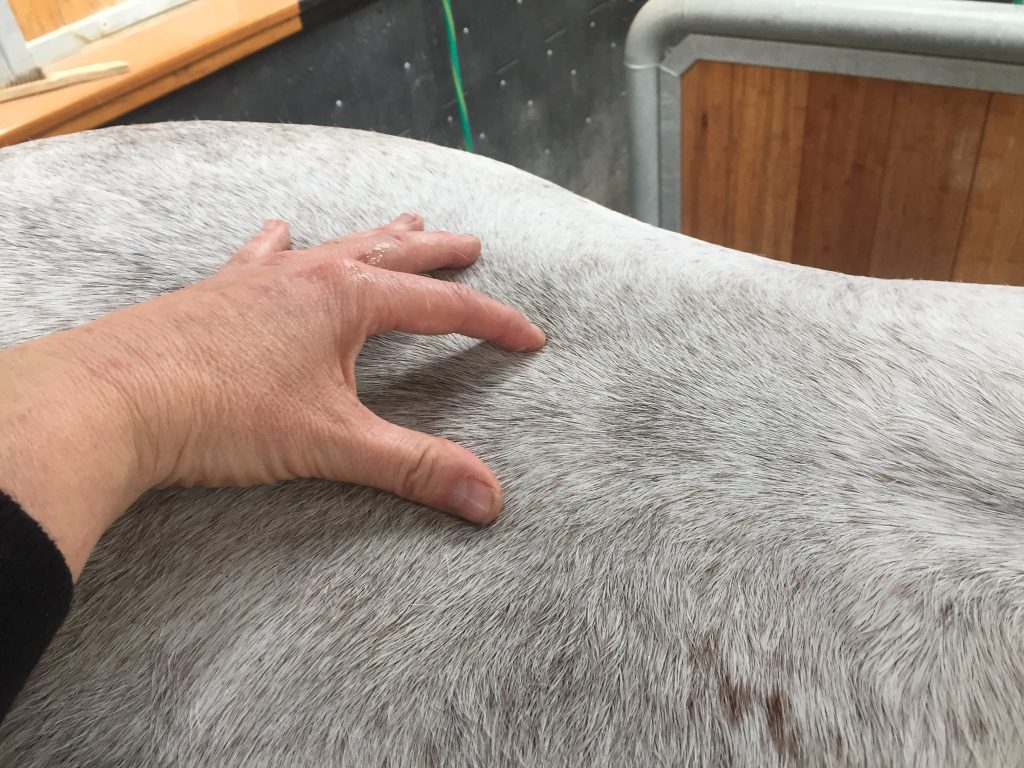
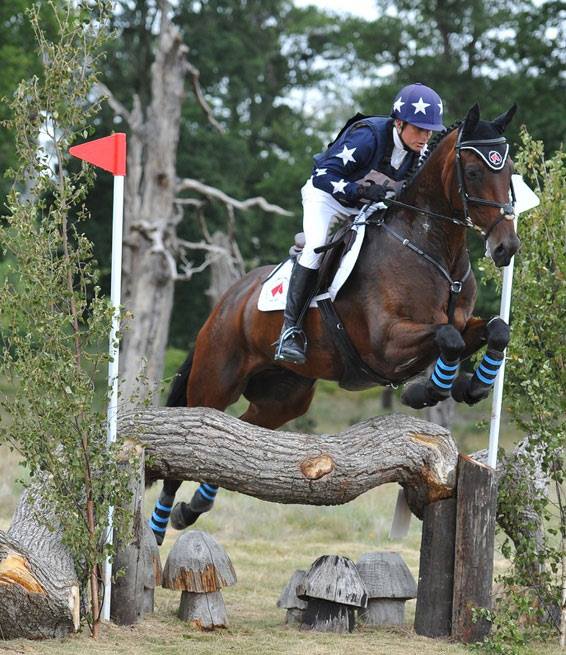

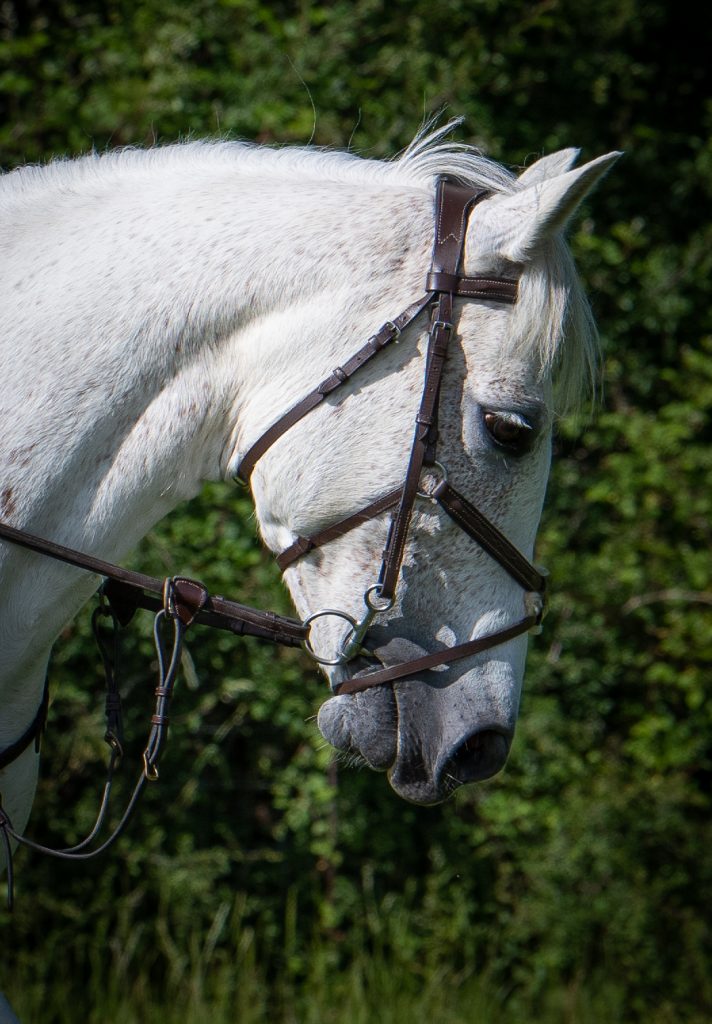
What is the difference between an Osteopath and a Physio?
Both Osteopaths and Physiotherapists work on the equine musculoskeletal system, and both work for the common aim to relieve tightness discomfort and to improve suppleness. Both will take a case history including observation of movement. There are however differences between their approaches that are important to note when deciding the best way forward for your horse and often a combination of both works the best in most cases.
Osteopathy works on the principle that structure governs function. The equine spine like the humans is designed to work as a unit. Each part works and is shaped differently to provide different ranges of motion and protection depending on its location. Any misalignment or dysfunction in any part of the spine leads to compensations throughout. If you have decreased mobility of a spinal segment this causes increased mobility in another. This leads to both muscle shortening and muscle overstretching comparatively, causing both crookedness susceptible to injury and obvious change in gait and performance.
Osteopaths diagnose skeletal range of motion and restore spinal function. Physiotherapists work through the horse muscles using massage to relieve muscle tension and often leave the owner with stretches to help maintain the horse suppleness. When working together this combination of techniques can dramatically and quickly help restore spinal mechanics muscle tension enabling the horse to build up strength and fitness in a better posture.
“Niki is an incredibly talented osteopath who has worked wonders on my five year old fell pony. He had developed intermitted lameness on his off hind, and on further investigation and consulting the vet, I booked Niki in. She immediately spotted that he was crooked through his back and tight in selected areas. Through only three visits and recommending daily stretches, his overall physique has changed dramatically. He’s now a very sound and happy boy. Booking Niki has also made me aware, just how important it is to have your vet, farrier, physio and osteopath all working together. I now have the dream team, for keeping my pony in his best condition.”
EMMA CAMPBELL
This depends on what is being treated and the history of your horse. However, more details about this after the initial consultation and treatment will be provided. In general, back problems require 3 to 4 treatments and yearly maintenance check-ups are sometimes advisable as a means of preventative care; to improve mobility and movement which will then minimise the re-occurrence of injury.
Yes, ideally horses in work should be checked on a regular basis – at least 3 to 4 times a year. I strongly recommend any new horse be checked immediately after purchase, to identify any problems that could benefit from preventative care. Osteopaths are trained to detect early changes in the musculoskeletal system which could result in discomfort if treatment is delayed.
Yes. It is illegal for any treatment to be conducted by any other practitioner on an animal without the consent from your attending vet. Before an appointment can be made, please ask your vet to fill out the Veterinary Consent Form under the heading Info and attach any relevant medical history they feel will help in the examination and treatment of your horse.
Yes, the majority of insurance companies are happy for an animal insured with them, to receive Osteopathic treatment from a registered Osteopath holding valid insurance, provided that the treating vet recommends the treatment and refers the case. (Do check with your insurer prior to treatment if you wish to make a claim).
Some Veterinary surgeons are sceptical about back treatments for animals because there are so many so-called “back persons” treating horses who have no formal qualifications. These people can actually be a danger to their patients, which is why it is essential you check the therapist treating your horse is fully qualified and insured.
Osteopathy isn’t just about treating bad backs in horses. It has proved to be particularly useful in helping to improve the following:
- Reduced performance
- Maintaining mobility in competition horses
- Gait problems: tracking-up/short stride, loss of collection, cross-canter problems, rushing downhill, pulls uphill, lacks concentration
- Stiffness in different areas of the body
- Stiffness in the older horse
- Reluctance to trot / canter on certain reins
- Preventing bucking between transitions
- Problems with head carriage
- Changes in behaviour: bucking, bolting, rearing, kicking and refusing to jump
- Objection to being saddled or girthed, unable to stand still or relax, hyper-sensitivity to brushing and difficulty shoeing
- Aiding rehabilitation after injury (tendon injuries, ligament overstrains, sacroiliac lesions)
- Aiding rehabilitation in diagnosed conditions such as arthritis, hind leg and front leg lameness
- Uneven muscle bulk, muscle imbalance and spasms
The techniques we choose to use during the treatment will be tailored specifically for each individual horse according to his/her age and build. We do not treat horses under sedation.
Treatments initiate a healing response which triggers changes to occur within the horse’s body and encourage toxins to be released for elimination; this can often be quite a tiring experience for your horse. For this reason I recommend that the horse should not be worked after the treatment for 1-2 days and instead either turned out or grazed in-hand with fresh water available at all times. Then a graduated return to normal activity over the next 5-7 days depending on their diagnosis.
“I have a 13 year old ex-racehorse who has obtained several injuries over his racing career. Nikki came to see Jinny as upon being ridden he is regularly lame in his hind legs. He isn’t always the easiest patient however Nikki was very calm with him and took the time, whereupon he fully relaxed and thoroughly enjoyed his treatment. I look forward to his follow up treatments and working with Nikki in getting Jinny physically fit and well.”
After care for maximising performance
After treating, and if appropriate, advice will be provided on rest, stretches and exercise. Follow-up treatments will then be discussed with the owner. The number of treatments required will depend on your horse’s history as well as what is being treated. The initial consultation will also have a bearing on this decision and the owner will be kept fully informed throughout the whole process.
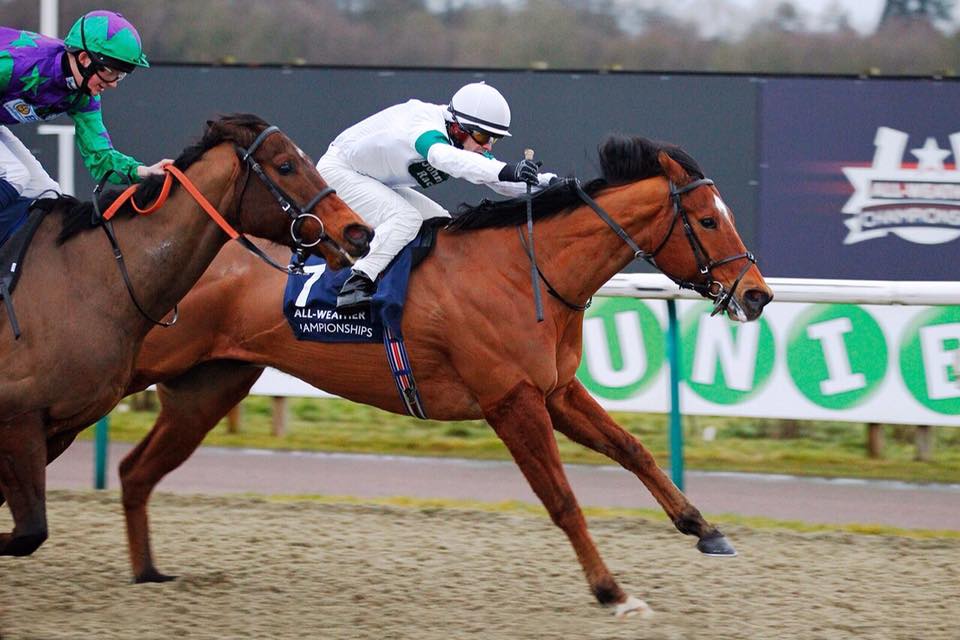
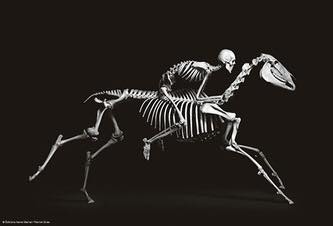
Don’t forget the rider!
Following the discussion and treatment of your horse, the rider may feel that they need a little attention as well. All the requirements of good body alignment, balance and flexibility are also key to smooth and efficient riding. Osteopathy can detect and remedy previously unrecognised areas of restricted movement. This will enable horse and rider to combine as one through shared balance, strength and stamina and they will both maximise their potential in any equestrian discipline.
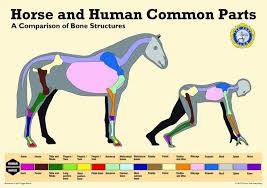
Contact Us
